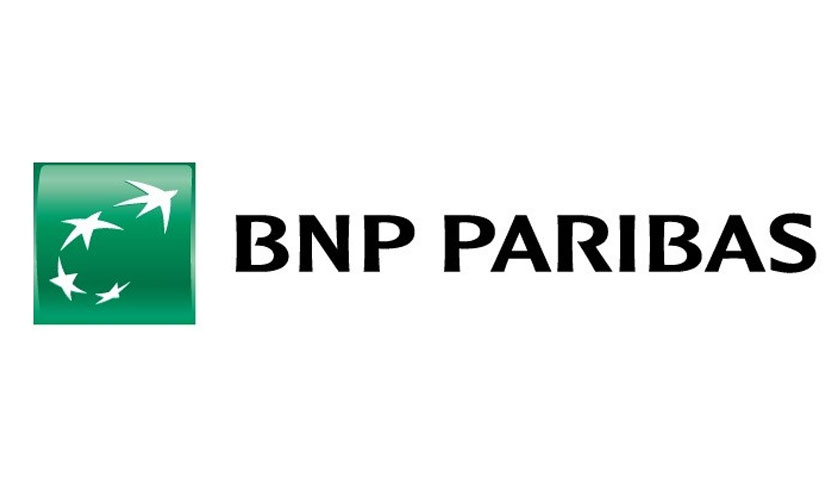Since 2015, several banks, including BNP Paribas, have committed to aligning the greenhouse gas emissions elicited by their loan portfolios with the Paris Climate Agreement. In 2018, during the COP24 in Katowice, Poland, BNP Paribas and four other European banks signed an agreement concerning the development of a common, concrete methodology to make this alignment possible. On September 21st, the signatory banks announced the publication of their first paper on the application this methodology. Imène Ben Rejeb-Mzah (Head of Methodologies and Data within the CSR Department at BNP Paribas), who coordinated this mechanism for the Group, talked to us about this commitment.
What is the objective of this commitment?
Following the Paris Agreement, signed in 2015 by 195 countries, BNP Paribas has committed to contributing to the objective of keeping the level of global warming well below 2° Celsius with respect to pre-industrial levels. To achieve this, the Group has implemented several financing and investment policies, intended to oversee the sectors that generate the largest quantity of greenhouse gases. These policies are among the strictest in the world, but they are not sufficient for ensuring that the entirety of our loan activity will be driven by reducing greenhouse gases and achieving the climate objectives in the Paris Agreement.
That’s why, in December 2018 , during the COP24 in Katowice, BNP Paribas and four other banks (BBVA, ING, Société Générale and Standard Chartered) committed to measuring the alignment of their loan portfolios with climate targets and studying their capacities for gradually moving their financial flows towards activities compatible with the Paris Agreement.
This commitment marked the conclusion of several months worth of collaboration across several business lines within the Bank.
What are the innovative aspects of this approach?
This mechanism is innovative both in terms of the subject at hand, i.e. the alignment of banks’ loan portfolios, and also through the method implemented to achieve this.
Firstly, the approach is collaborative. Since 2018, the Katowice banks have been working together and using the Paris Agreement Capital Transition Assessment (PACTA), initially designed for investment portfolios. The ultimate goal is to develop a methodology together for banks and their loan portfolios.
The PACTA methodology for loan portfolios was published on 15 September. Today, the Katowice banks published a joint paper on its application. It contains a highly practical illustration of their inquiries and methodological choices.
One other key point is that PACTA is Open Source. Since the aim of this approach is to bring financial players together, so as to align their financing with the targets of the Paris Agreement, the PACTA package for loan portfolios is now available free of charge on the 2 degrees Investing Initiative website. It includes the methodology, non-financial data of the companies and the tool coded in the R programming language.
Additionally, the approach is dynamic. The analysis proposed is sectoral and was tested as a priority on the economic sectors which produce the most GHG emissions, i.e. those in the energy field. The extension of its application to other sectors, along with the availability of the data will probably lead to further adjustments. And lastly, its adoption by banks and industrial stakeholders should also enable further improvements.
What are the main lessons you have learned from this initial analysis?
Financial flows must be consistent with a low-carbon strategy to keep global warming at a level well below 2°C and ideally 1.5°C.
This calls for engagement with customers to re-orient their investment plans towards low-carbon technologies and activities, to divert the investment flows from activities not compatible with this objective and/or to bolster the financing of green activities.
The analysis also showed the relevance of BNP Paribas’ choice to accelerate its disinvestment from thermal coal and unconventional fossil fuel sources.
What are the next steps?
The initial results of the BNP Paribas energy portfolio alignment analysis using the PACTA methodology will be published in the coming weeks. The study will subsequently be expanded to other major GHG emitting sectors.
An interactive tool is currently being developed in-house jointly with the RISK Artificial Intelligence Research and CIB Analytics teams. Its objective is to help with the management of the portfolio for the Risk teams and to provide a tool for business managers to analyze the energy transition of their customers.
Globally, we have committed to several initiatives aimed at enabling the largest possible number of banks to get involved in this approach: The Collective Commitment to Climate Action led by the UNEPFI, as well as the organization of external webinars enabling the presentation of the PACTA methodology to various stakeholders: NGOs, manufacturers, other banks, etc.
